When you stroll through a garden center in late summer, you might notice two distinct types of chrysanthemums vying for your attention. Some are already bursting with vibrant blooms, while others are just forming tight buds. This difference isn't random—it's the key to identifying summer-blooming and autumn-blooming varieties. Understanding how to distinguish between them will help you plan your garden for continuous color from midsummer right through to the first frost.
The most reliable way to tell them apart is by understanding their response to daylight. Chrysanthemums are photoperiodic plants, meaning their blooming is triggered by the length of day and night. Summer chrysanthemums are known as "short-day plants," but this term can be misleading. They actually initiate their flower buds when the nights become long enough, which happens in mid to late summer. This is why you'll see them flowering from late July through September in many climates. Autumn chrysanthemums, on the other hand, require even longer nights and will typically not start blooming until late September or October.
Let's look at the growth habit and plant structure. Summer mums often have a more sprawling or cushion-like growth habit. They are bred to bloom earlier and are generally more compact, making them excellent for container gardening and front-of-border placements. If you see a densely branched mum covered in flowers while the weather is still quite warm, you're likely looking at a summer variety. Autumn mums tend to be taller and more upright. They spend the summer months building a robust structure of stems and leaves, saving their spectacular floral display for when the air turns crisp. Their later blooming period means they have more time to develop a larger, sturdier frame.
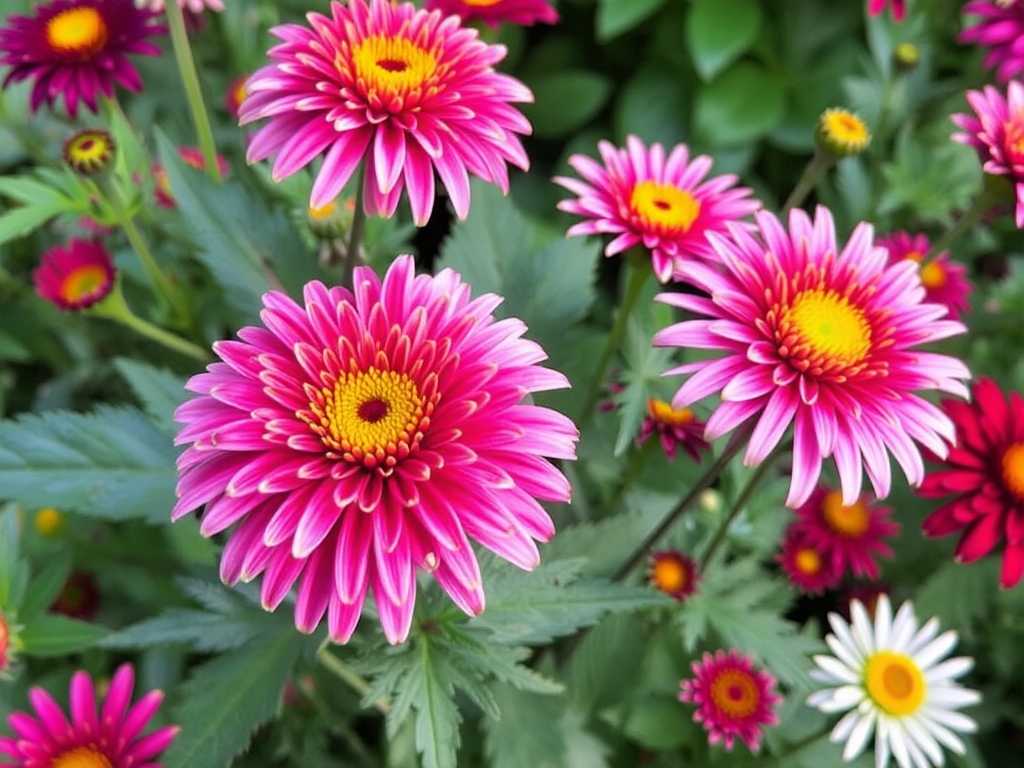
Now, direct your attention to the foliage. The leaves can offer subtle clues. Summer chrysanthemum varieties often have softer, sometimes lighter green leaves. They may be slightly broader to maximize photosynthesis during their shorter growth cycle before flowering. Autumn chrysanthemum types usually possess darker green, often thicker, and more deeply lobed leaves. This tougher foliage is better adapted to withstand the cooler temperatures and potential pests of the longer growing season.
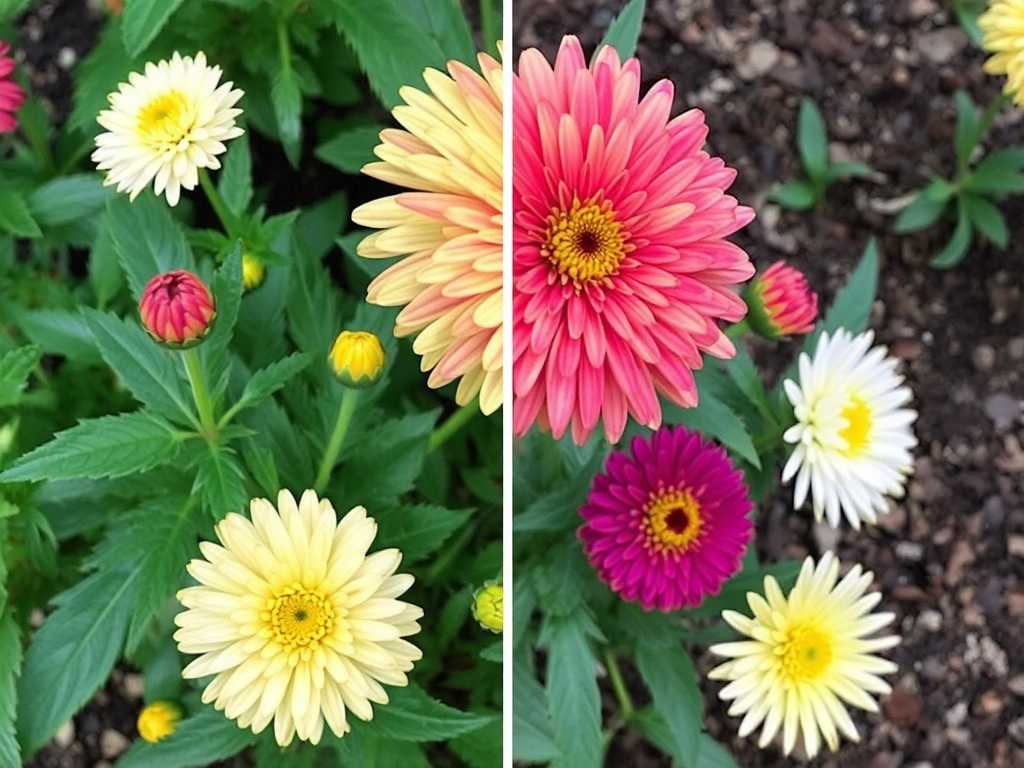
The flowers themselves provide the most obvious distinction. Summer mums are celebrated for their prolific blooming. They produce a massive, all-at-once display of flowers. The individual blooms might be slightly smaller on some varieties, but they make up for it in sheer quantity. When you're identifying chrysanthemums for seasonal color, a plant smothered in blooms in August is a clear summer candidate. Autumn mums are famous for their flower power later in the year. Their blooms are often larger, with more petals and a more formal, sometimes daisy-like, appearance. They are the classic "fall mums" that define the autumn landscape. The flower structure is built to handle cooler weather, and the show can last for several weeks.
Another practical aspect is their hardiness and longevity. Summer-blooming chrysanthemums are often treated as annuals, especially the ones sold in full bloom at garden centers in mid-summer. They put all their energy into that one magnificent show and may not have the resources to survive the winter. Autumn chrysanthemums are typically perennial and hardy. Because they bloom later, they go into the winter with their energy reserves more intact, having completed their reproductive cycle. This makes them much more likely to return year after year if planted in the ground and properly cared for.
When you are at the nursery, check the plant tags carefully. Reputable growers will often specify the bloom time. Look for keywords like "early-blooming," "garden mum," or "cushion mum" for summer varieties. For autumn types, tags might say "late-season," "hardy mum," or "decorative mum." If the tag only says "mum," don't hesitate to ask a staff member. They can usually tell you when the plant was forced to bloom and what its natural cycle should be.
Why does this distinction matter so much for your garden planning? Knowing how to identify summer vs autumn mums allows you to sequence your blooms. You can plant summer varieties to fill the gap between the fading summer perennials and the explosion of autumn color. Then, your autumn mums will take over, providing vibrant hues when most other plants are winding down. This strategy ensures your garden remains a focal point for months on end. It's the secret to a layered, professional-looking garden design that celebrates the entire changing season.
Ultimately, whether you choose the eager brilliance of the summer mum or the patient grandeur of the autumn mum, you are adding a plant of incredible value and beauty to your space. By learning these simple identification tips, you can make informed choices that extend the joy of gardening from the heat of summer deep into the cool, golden days of autumn. Your garden will thank you for the thoughtful planning with a long-lasting, spectacular display.
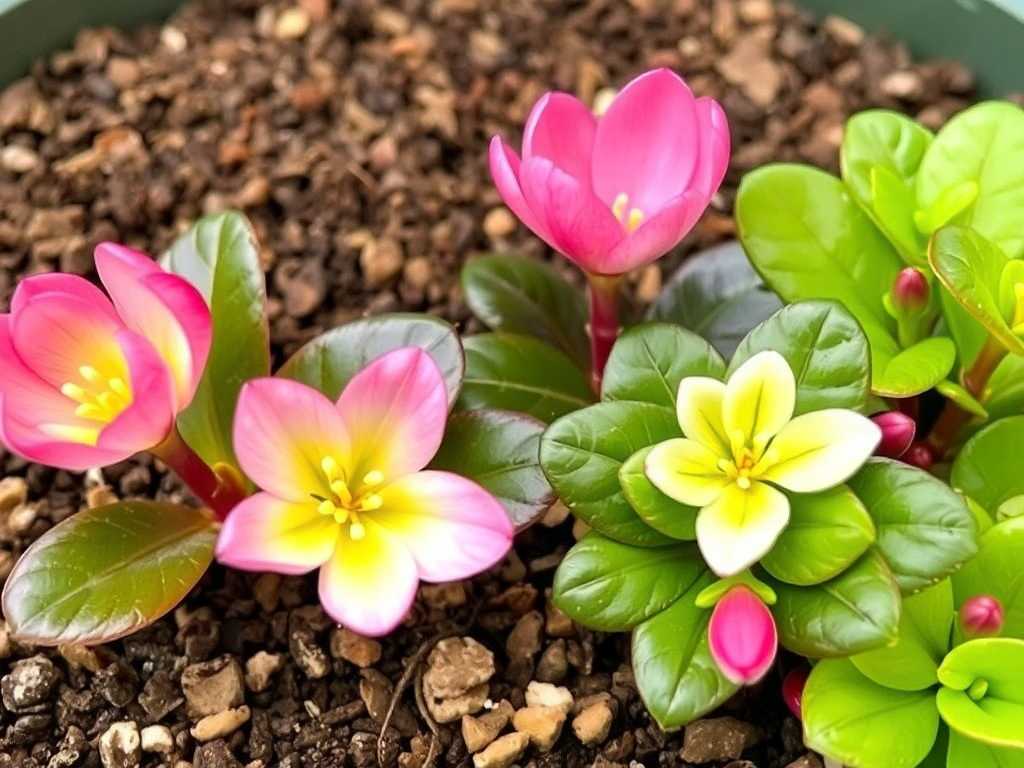
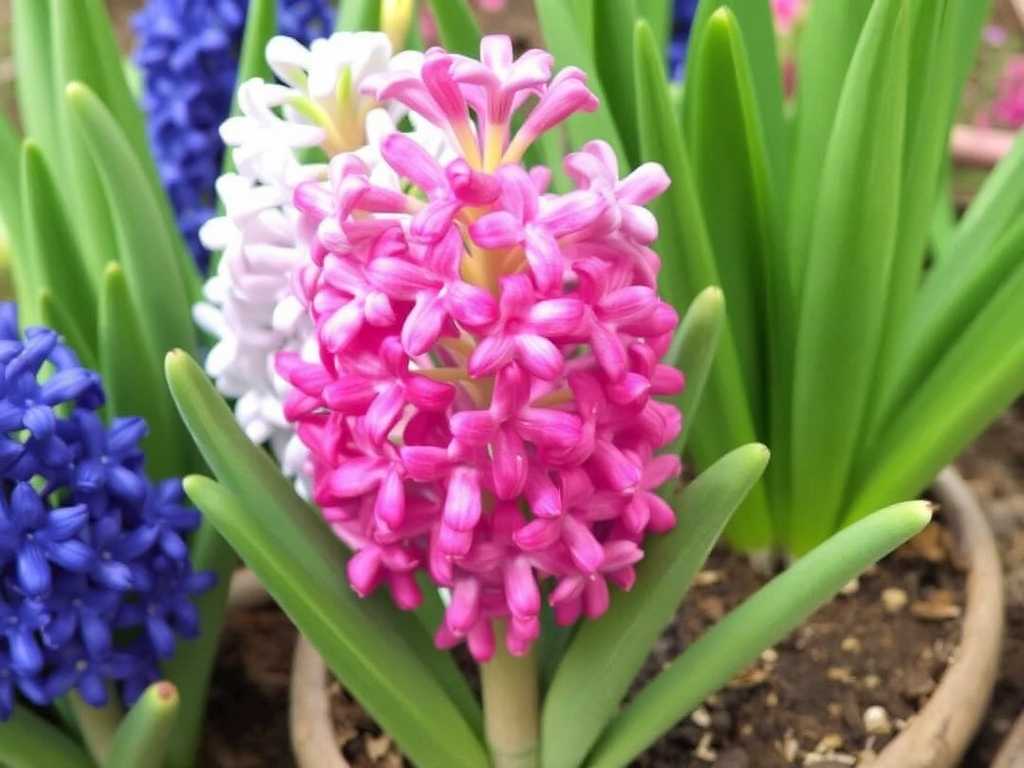
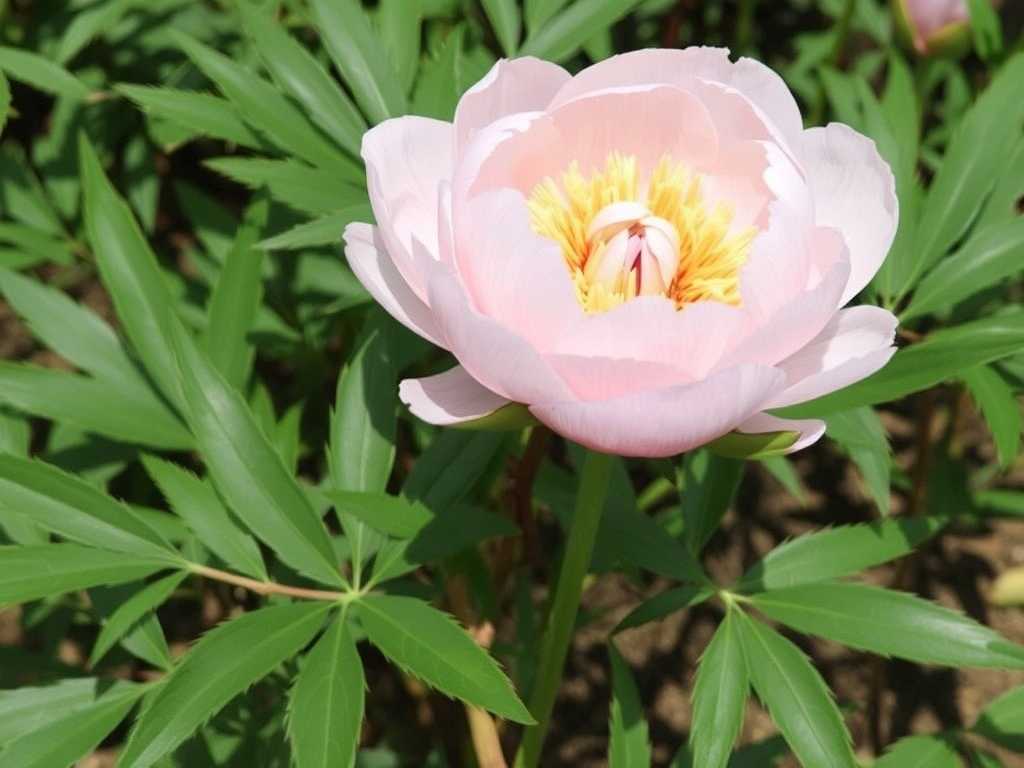

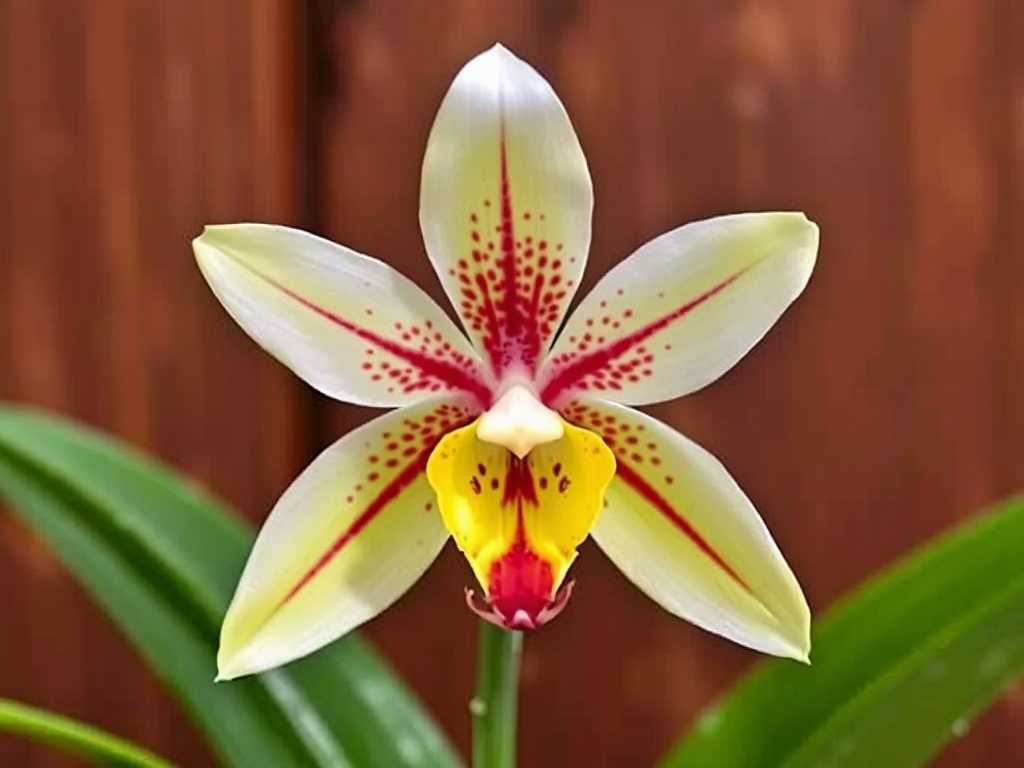
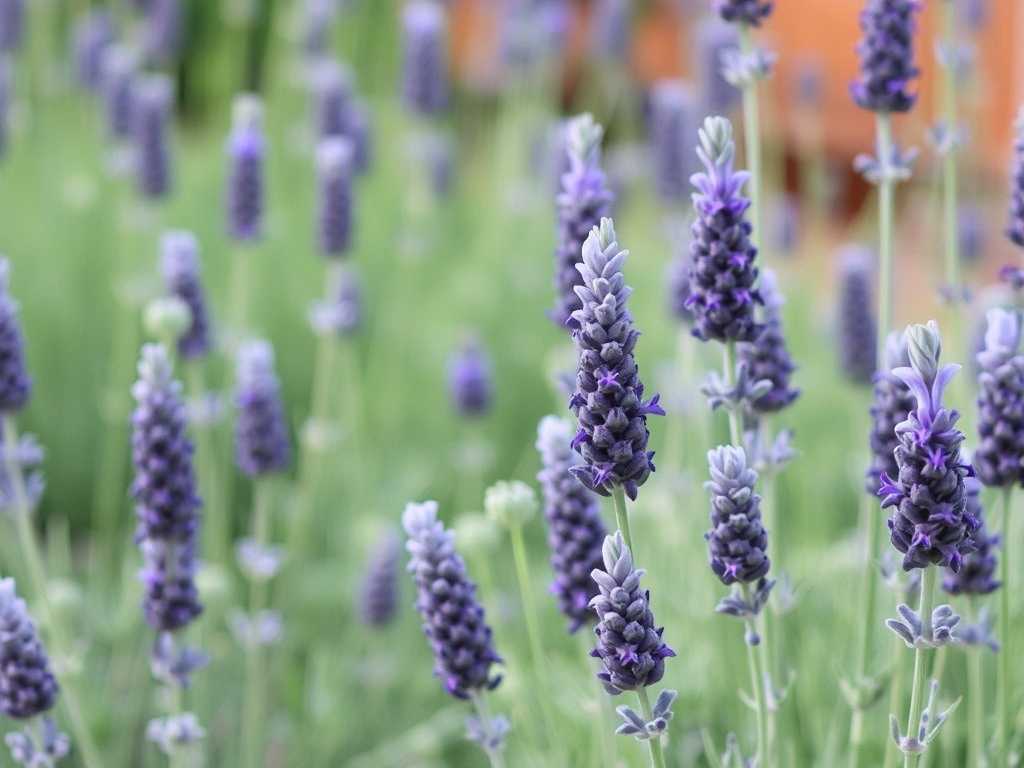
发表评论